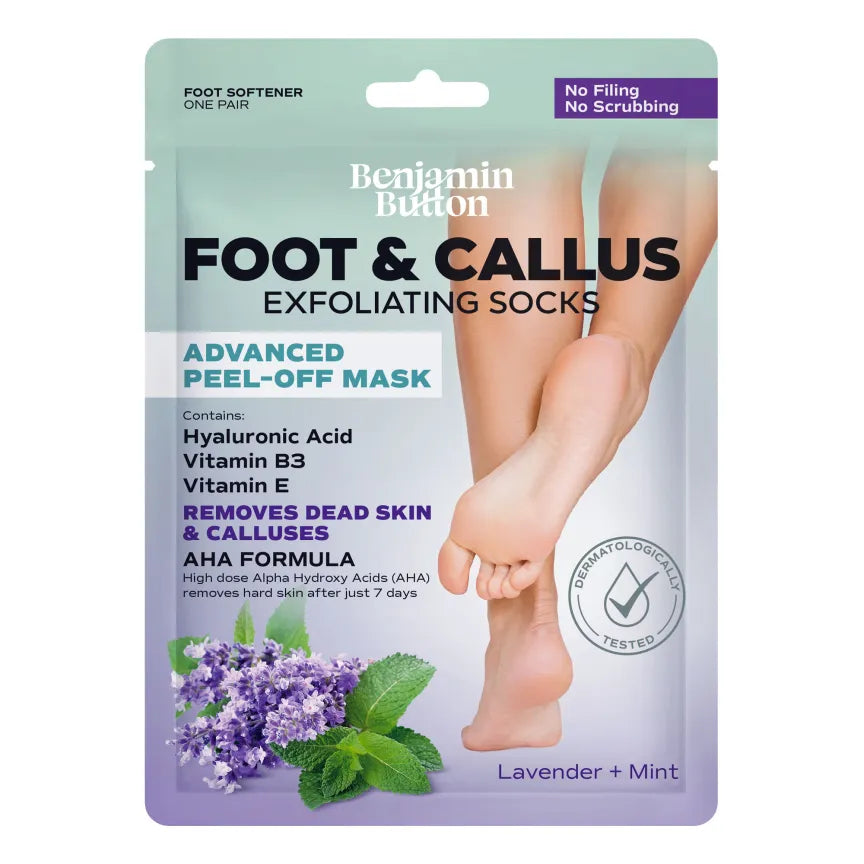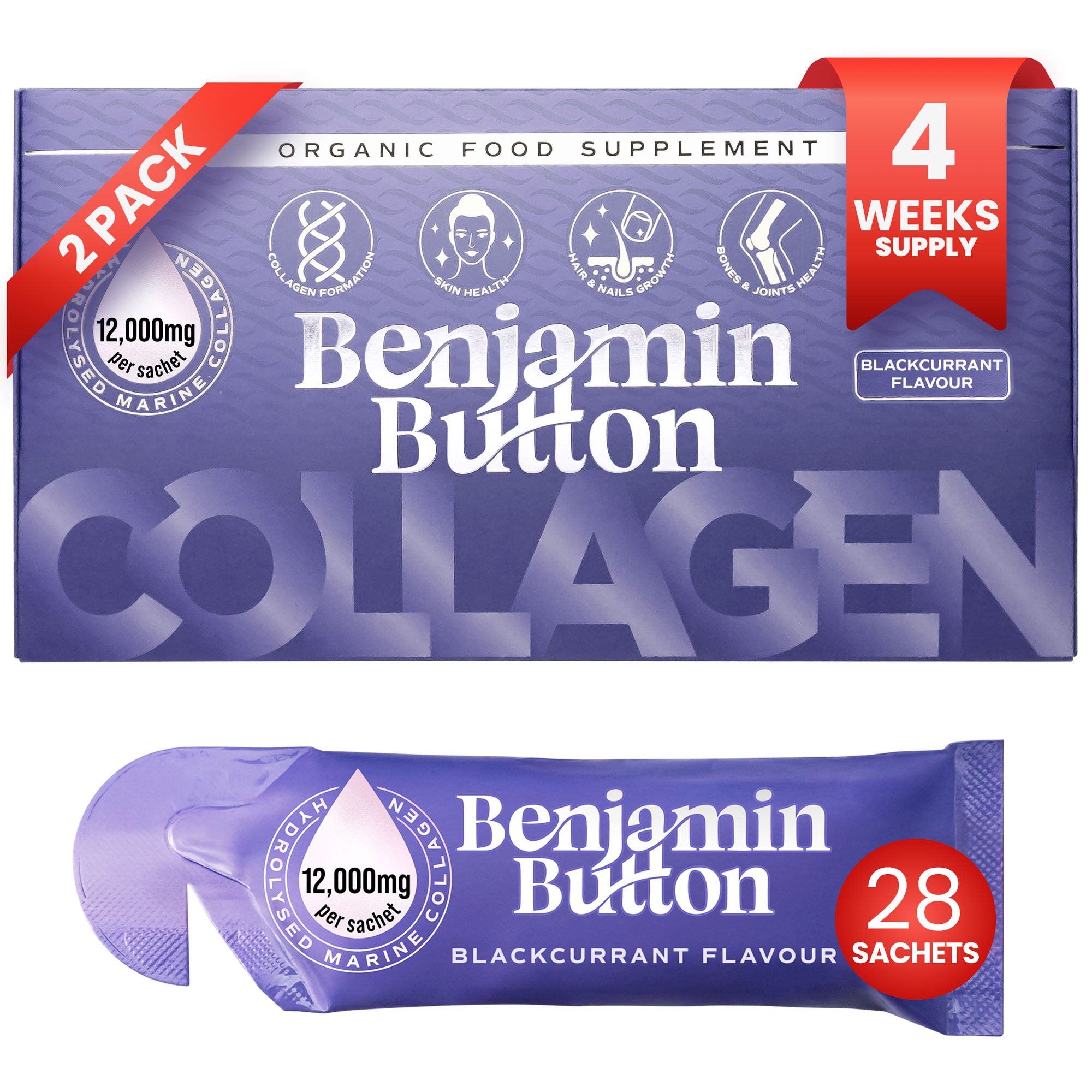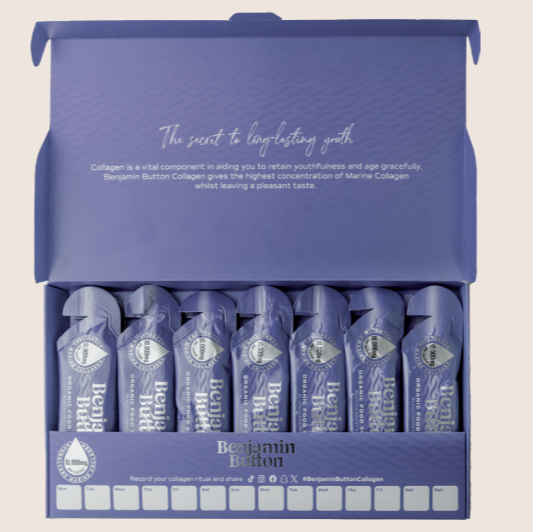Elevate Your Fragrance: Creative Perfume Layering Techniques
Layering fragrances is an art that can transform your scent experience into something truly unique and personal. It allows you to blend different aromas to create a signature scent that speaks to your individuality. The right combination can uplift your mood and leave a lasting impression. Here are some creative techniques to elevate your fragrance game through layering.Understanding the Basics of Fragrance Notes
Before diving into layering techniques, it is essential to understand the three primary fragrance notes that make up any perfume:- Top Notes: These are the initial scents you smell right after applying perfume, typically light and fresh. Common top notes include citrus fruits, mint, and light florals.
- Middle Notes: Also known as heart notes, these emerge after the top notes fade. They are the backbone of the fragrance and often consist of spices, florals, or fruity elements.
- Base Notes: These are the scents that last the longest on the skin. They are typically rich and deep, often comprising woody, musky, and gourmand elements.
Choosing Your Fragrances Wisely
When selecting fragrances for layering, consider the following tips:- Transparency: Choose perfumes that have transparent or complementary notes. For instance, layering a fresh citrus scent with a warm vanilla can create a delightful contrast.
- Contrast: Embrace opposites! Consider combining a floral with a spicy scent. This can lead to unexpected yet pleasing results.
- Strength: Be mindful of the strength of both fragrances. Pair a delicate scent with something bolder to ensure one does not overpower the other.
Three Creative Layering Techniques
Now that you have a grasp on fragrance notes and selection, let’s explore some exciting techniques to elevate your fragrance through layering.1. Base Layering
Start by applying a base fragrance that you love as your core scent. This could be a warm vanilla or grounding sandalwood. Once the base note settles, spritz a contrasting scent to accentuate different facets. For example:- Vanilla + Citrus: A warm vanilla base can be revitalised with a zesty lemon or bergamot top note to brighten your overall fragrance experience.
- Sandalwood + Floral: A creamy, woody sandalwood base layered with a soft rose can create an exquisite balance of warmth and elegance.
2. Layering with Body Products
Another effective technique is layering your perfume with scented body products. Consider applying a matching scented lotion, shower gel, or even deodorant. Here’s how you can do it:- Start with Serum: Apply a lightly scented body serum to keep your skin hydrated while adding an initial layer of fragrance.
- Follow with Lotion: Use a body lotion that complements your chosen fragrance. This adds depth and longevity.
- Finish with Perfume: Apply your chosen perfume to pulse points for the final touch. The combination greatly enhances your overall scent.
3. Experimenting with Seasonal Blends
Fragrance layering isn’t just for personalisation; it can also tie into the seasons. Consider how certain scents evoke particular feelings related to different times of the year. Here are some ideas:- Spring: Layer a fresh floral with a soft green note like grass or cucumber for a light, crisp fragrance that embodies the season.
- Summer: Combine tropical fruit scents with light florals to keep your fragrance uplifting and breezy.
- Autumn: Embrace earthy notes like amber or patchouli combined with spicy warmth, such as cinnamon or clove, for a rich and comforting blend.
- Winter: A warm vanilla layered with red fruits or even a smoky scent can create a depth that is both cosy and inviting.
Final Tips for Successful Layering
Getting the layering just right doesn’t happen overnight—practice makes perfect! Here are some final tips to consider as you refine your fragrance layering skills:- Test Before You Commit: It’s wise to test how different fragrances interact before wearing them out. Spray them on your skin and wait a little while to see how they evolve.
- Layer with Care: Start with small quantities. A little goes a long way, and you can always add more if needed.
- Document Your Combinations: Keep a fragrance journal to note which layers work well together; this can be helpful for future reference.
- Stay Open-Minded: Don’t hesitate to try unconventional combinations. Sometimes the most unexpected blends result in the most beautiful scents.






















